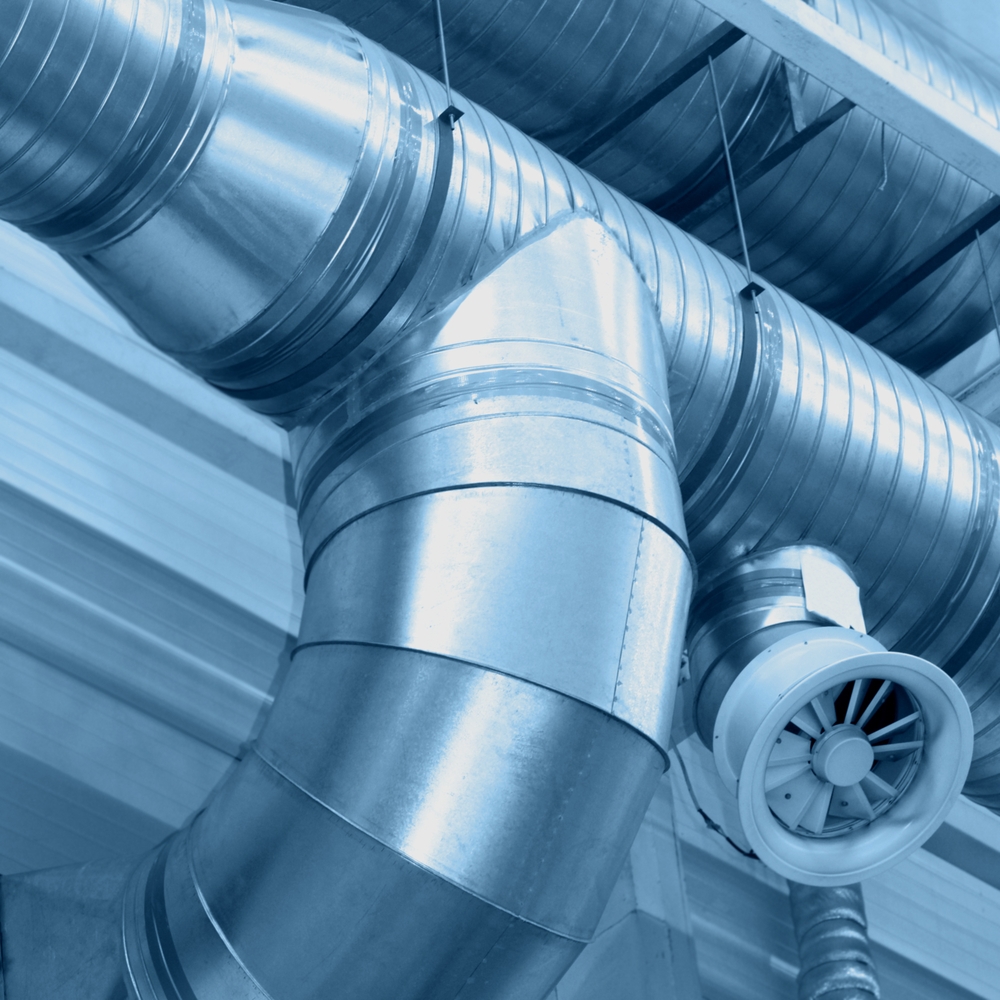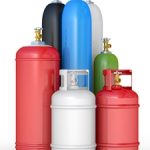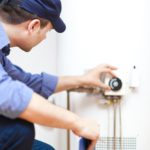Gauges play a crucial role in ensuring consistent, effective and safe operation of a wide variety of systems that function under pressure. Measuring the pressure in a given system, such as HVAC or refrigeration units, offers key insights into potential maintenance and repair issues and assists in maintaining efficiency.
Vacuum gauges and pressure gauges are similar but distinct instruments that take measurements using different units and ranges. Keep reading to learn more about the differences between these valuable tools.

What is a vacuum gauge and what does it do?
A vacuum gauge measures pressure in a vacuum. Petropedia explained that vacuum gauges are generally used in situations where the pressure in a given system is lower than the atmospheric pressure. It's worth noting that, while vacuum gauges generally provide results in terms of a negative number because the pressure in the system is below the ambient pressure, absolute pressure is still positive, as it is above the value or reading provided by an absolute vacuum. Instead of using absolute pressure as a measurement, most vacuum gauges utilise relative pressure.
Vacuum gauges are important tools in a number of commercial and industrial applications, including measuring pressure in heat pumps, air conditioning and refrigeration systems. A vacuum gauge is always paired with a vacuum pump, which creates the vacuum to be measured by the gauge.
Why do technicians and maintenance specialists use vacuum pumps on these heating and cooling machines? As they operate, these systems can be contaminated by air, nitrogen and water, The Refrigeration School explained. These foreign substances can interfere with normal operations, making the units less efficient, requiring longer periods of operation and incurring a higher cost over time. Contaminants can also harm the system, shortening their useful life and leading to a potentially significant investment for replacement. Similarly, a vacuum must be created when adding new refrigerant to a heating and cooling system.
Regular service with a vacuum pump keeps heating and cooling equipment running smoothly. While the pump performs the physical work of taking gases and moisture out of the system or preparing it for the addition of fresh refrigerant, the vacuum gauge ensures effective and safe operation throughout the process.
Inspection, auditing and safety
Preventive maintenance keeps businesses and the systems they use running smoothly. Regular inspections allow for maintenance specialists to maintain accurate records of equipment conditions, communicate information to decision-makers effectively and take the lead on support and repair efforts. Vacuum gauges are a key part of identifying potential issues in such equipment early on and ensuring that any problems are addressed safely and thoroughly before larger risks emerge.
What is the difference between vacuum gauge and pressure gauge?
As we've established, a vacuum gauge measures negative pressure, at least on a relative scale. It is used when the pressure inside a system is below the surrounding atmospheric pressure. A vacuum gauge can be viewed as a specific type of pressure gauge. However, pressure gauges are frequently used to measure key characteristics of various systems operating above the surrounding atmospheric pressure, while vacuum gauges generally do the opposite.
At Testo, we separate our pressure gauge and vacuum gauge instruments for ease of identification and to ensure you can select the best solution for your needs.
Your partner for reliable vacuum gauges
We're proud to offer a wide range of vacuum gauges designed to meet the needs of businesses across the modern economy. The testo 552 combines reliable measurements with simple operation, a digital screen for clear spot readings and Bluetooth connectivity. The addition of Bluetooth provides a major advantage: connectivity between the instrument and the testo Smart Probes App, available for smartphones and tablets. Users can wirelessly monitor pressure during evacuation of heating and cooling systems as well as share measurement data via email. A rugged construction and the ability to provide precise measurements round out the key features of this instrument.
Want to learn more about our range of vacuum gauges and manifolds? Get in touch with the expert team at Testo today.









 Reduce cooking oil costs while ensuring quality
Reduce cooking oil costs while ensuring quality Expert knowledge on CO2 monitoring
Expert knowledge on CO2 monitoring Refrigeration knowledge - in 3 modules
Refrigeration knowledge - in 3 modules



